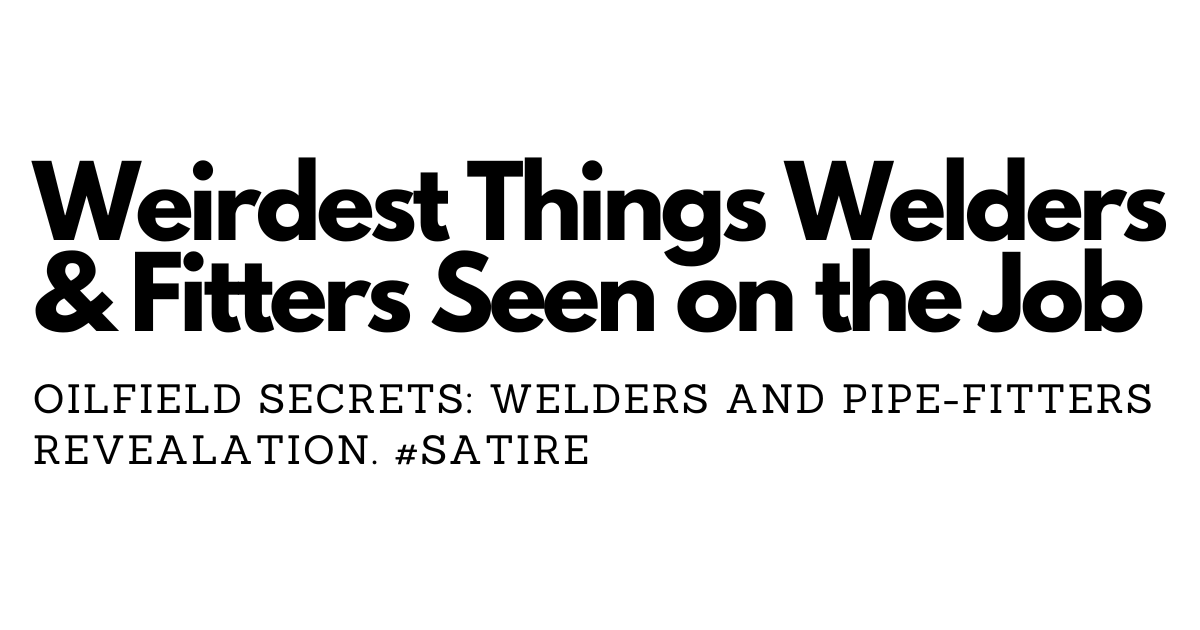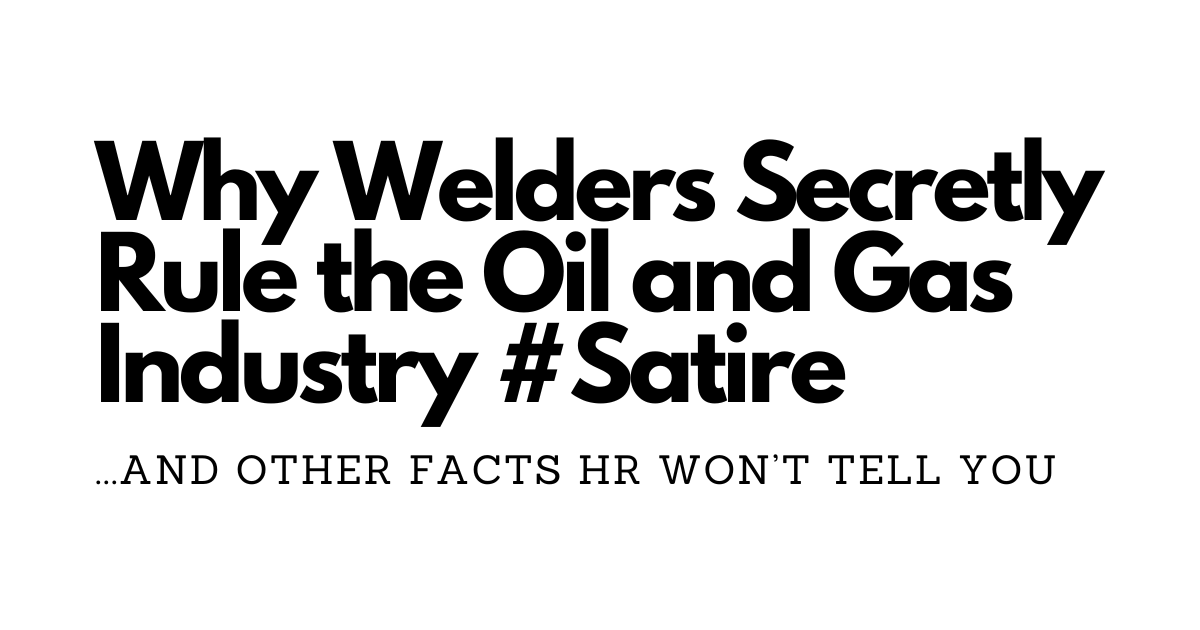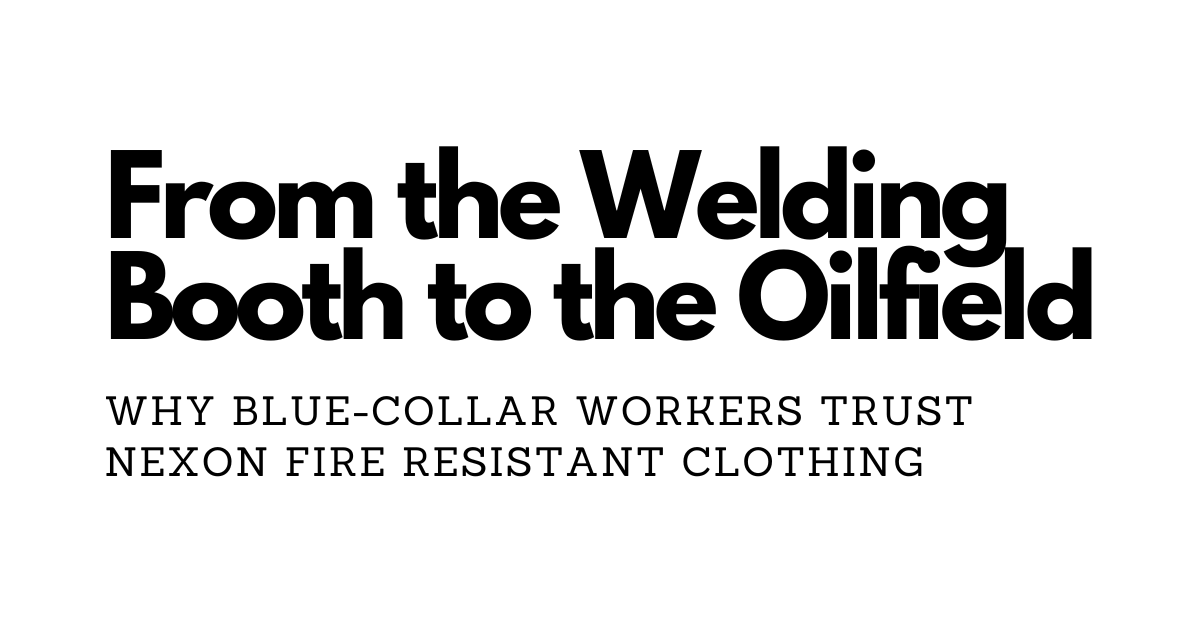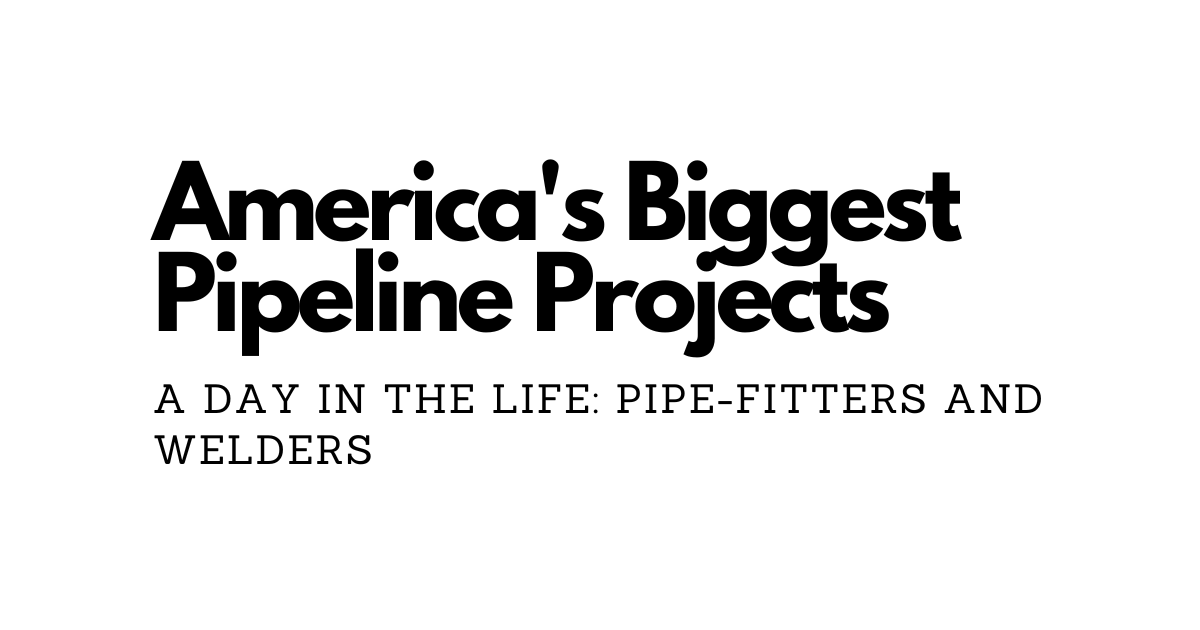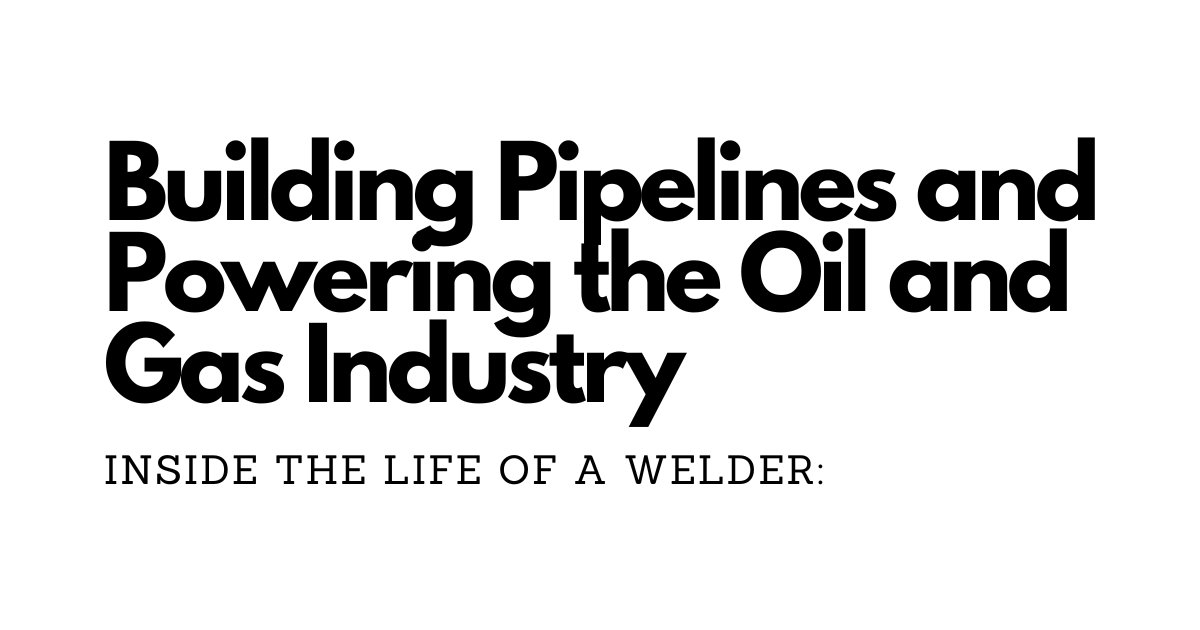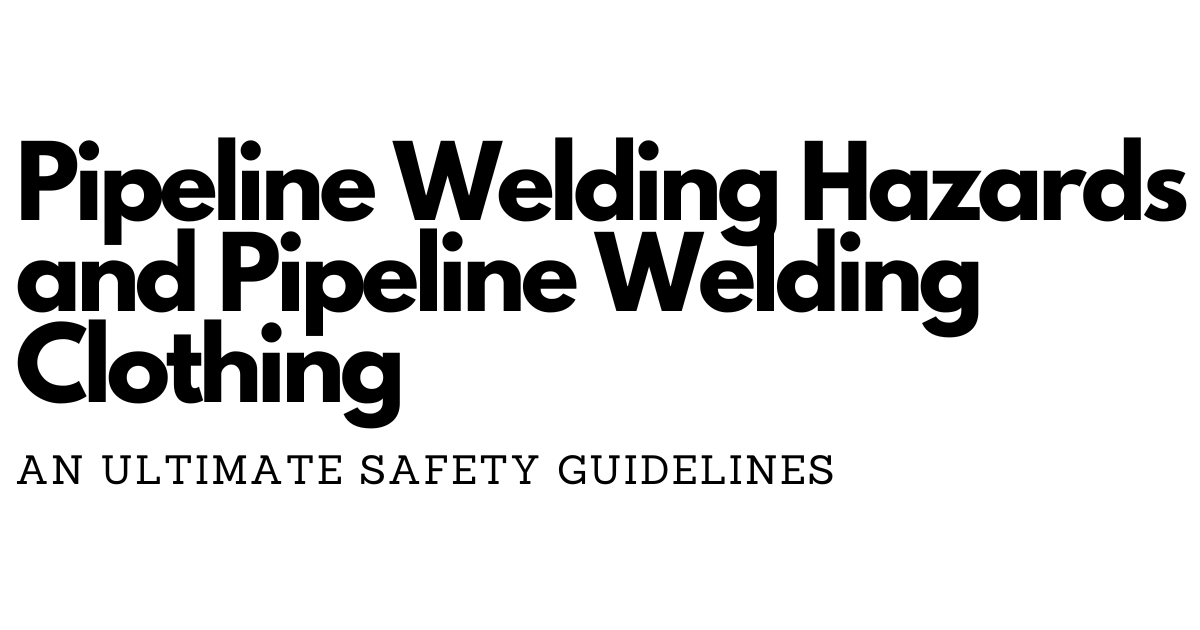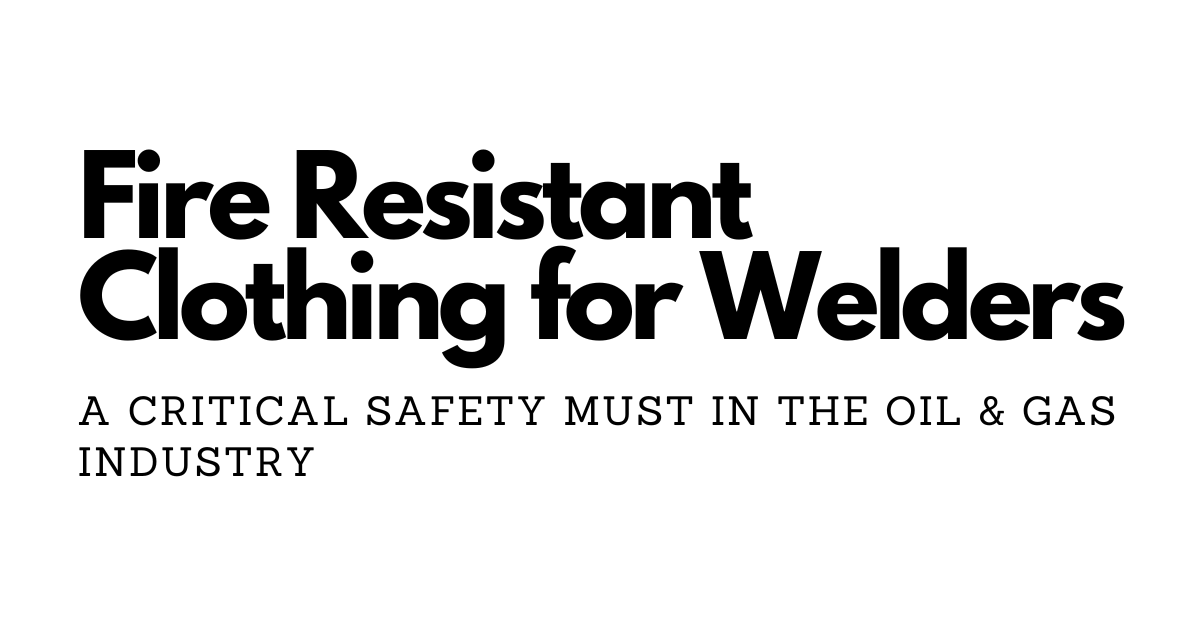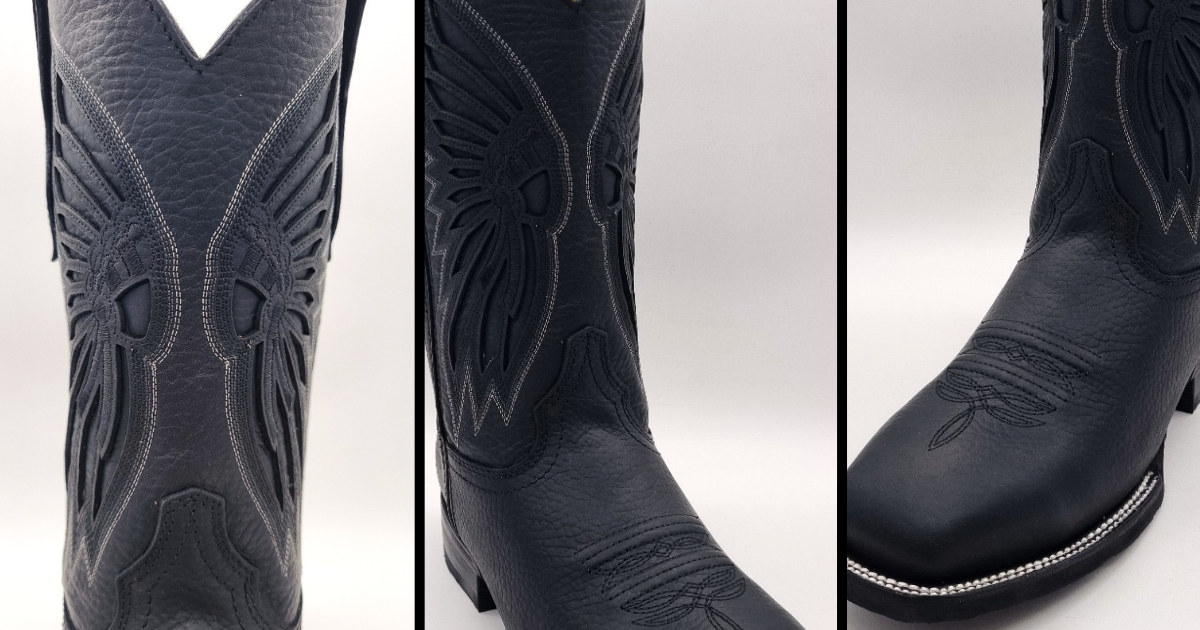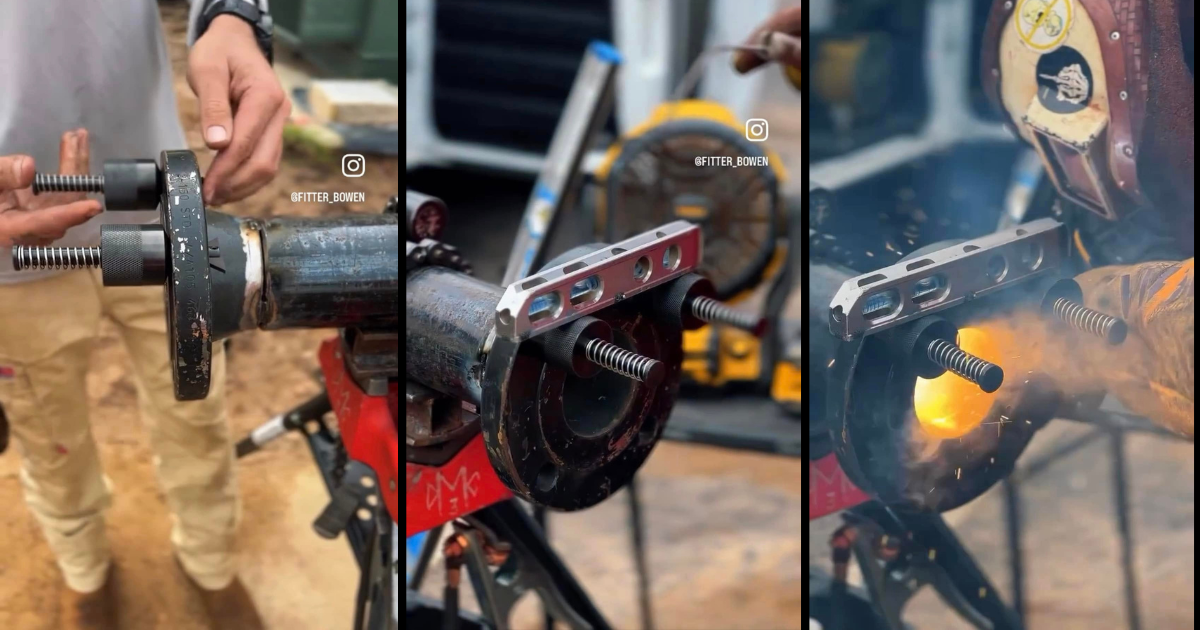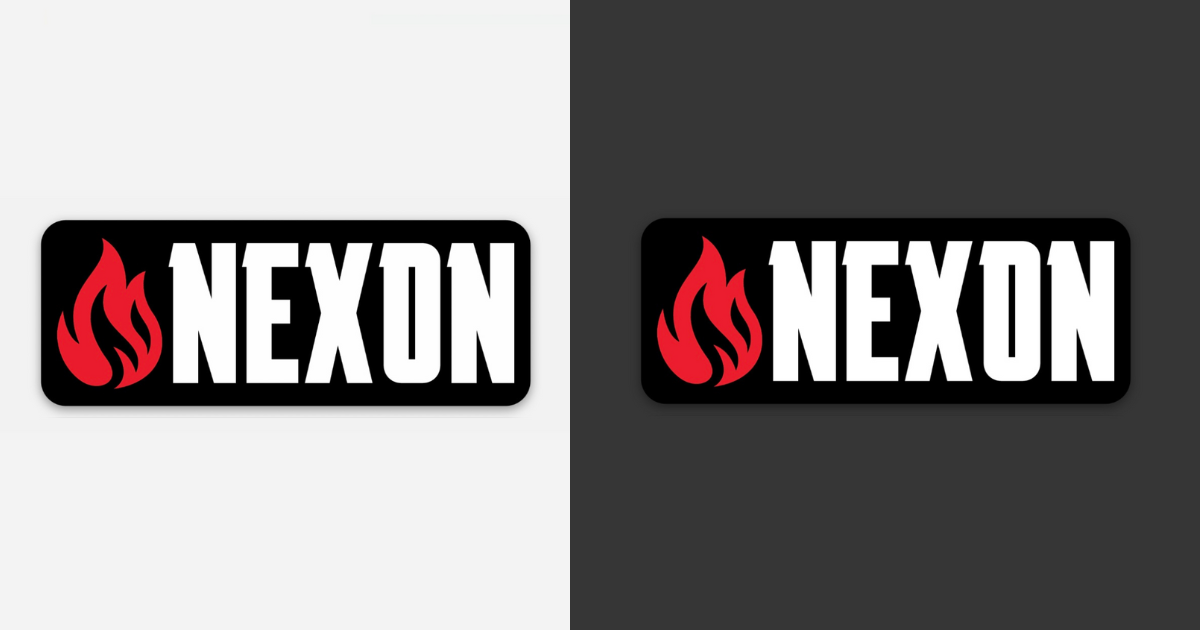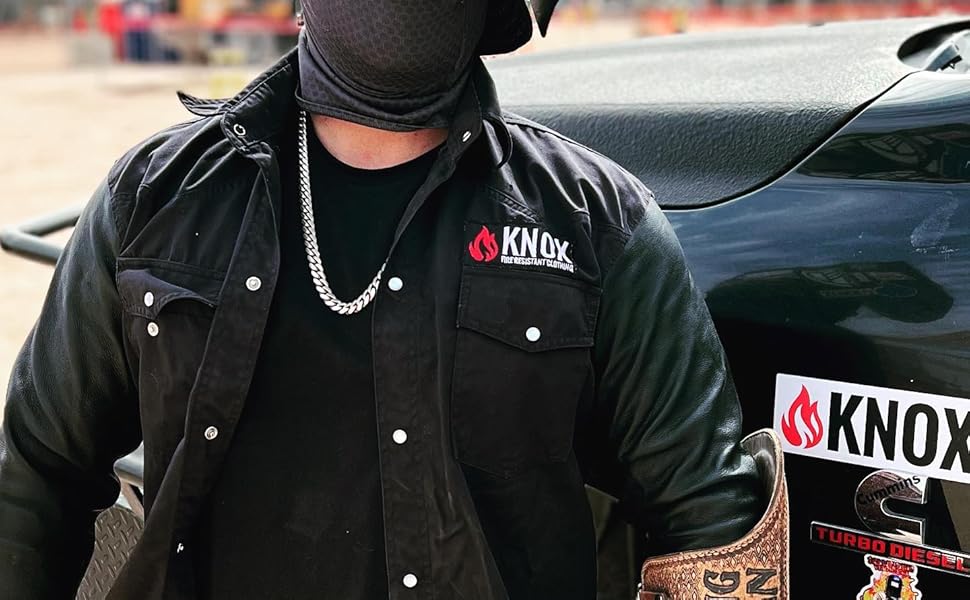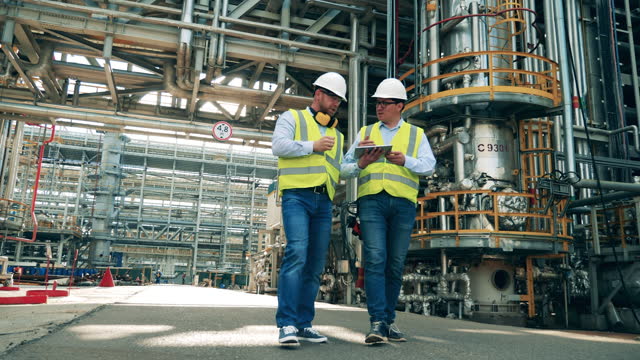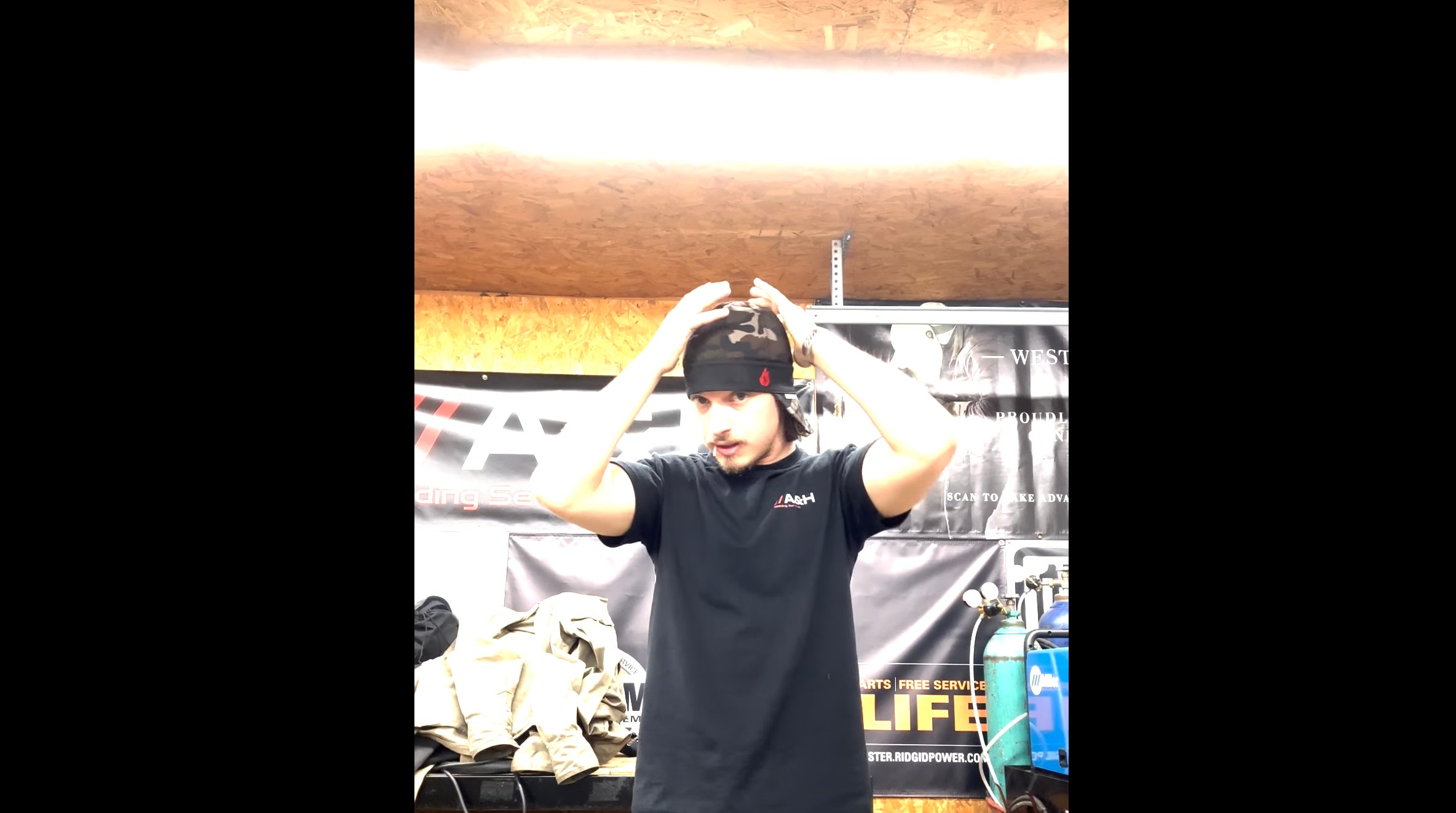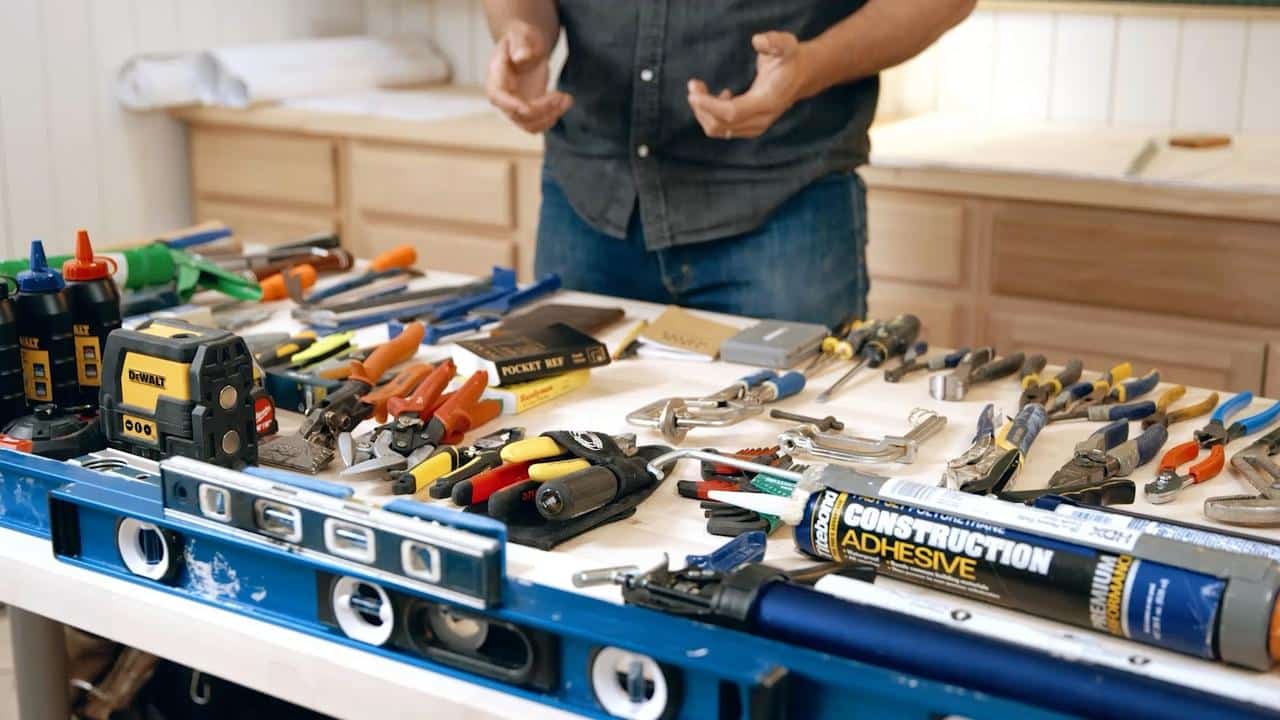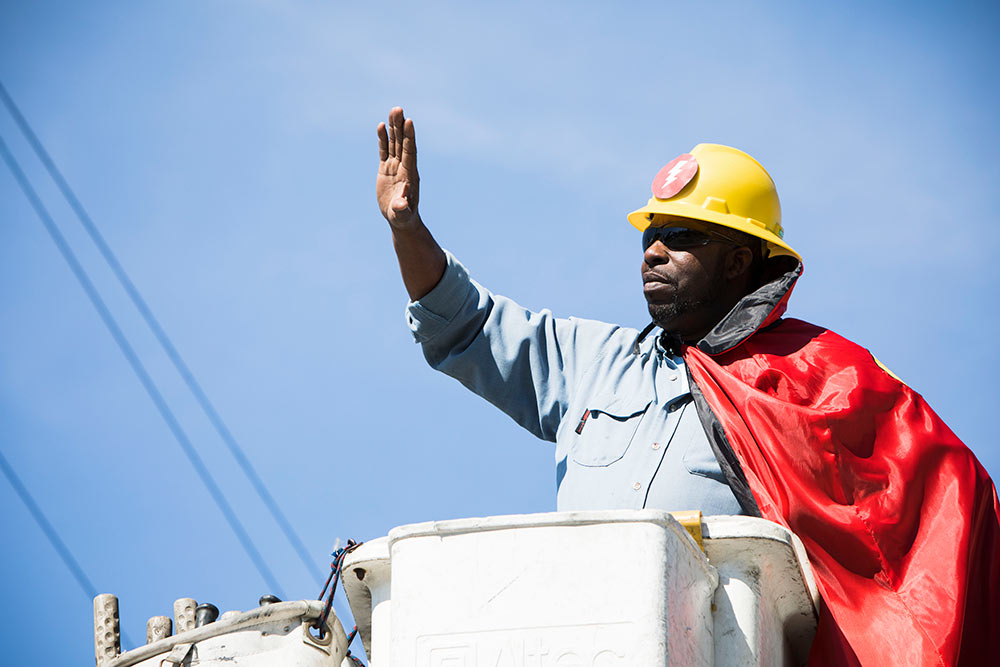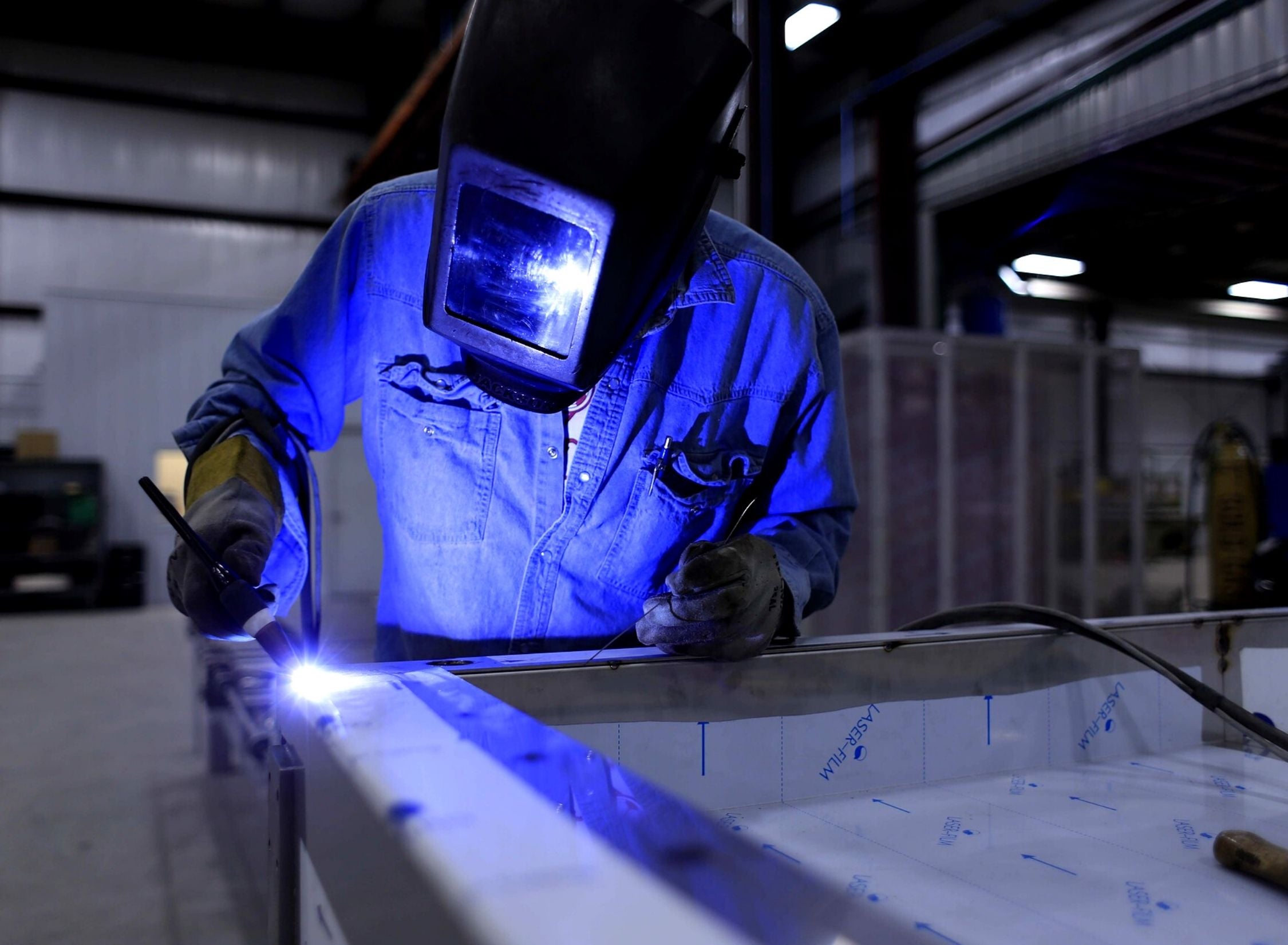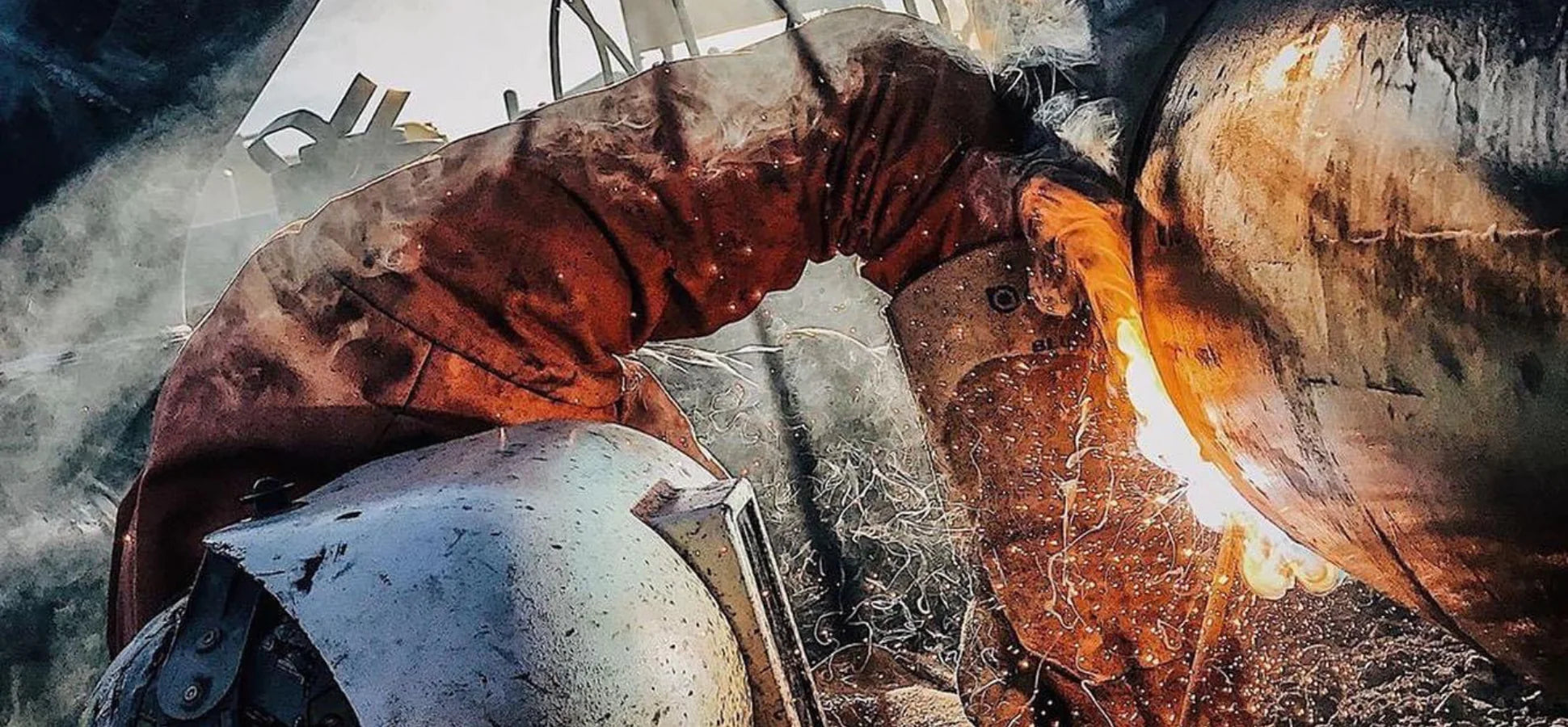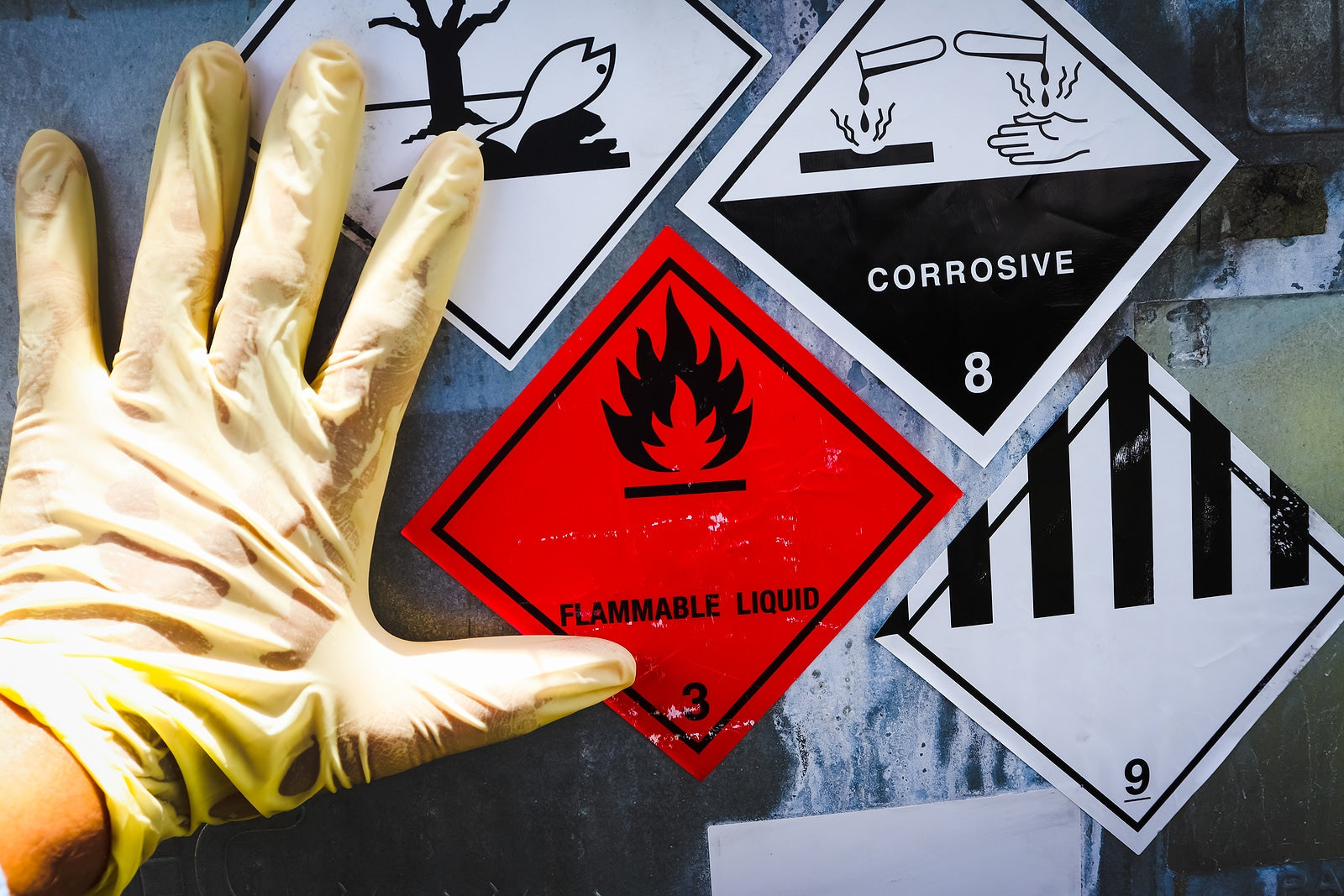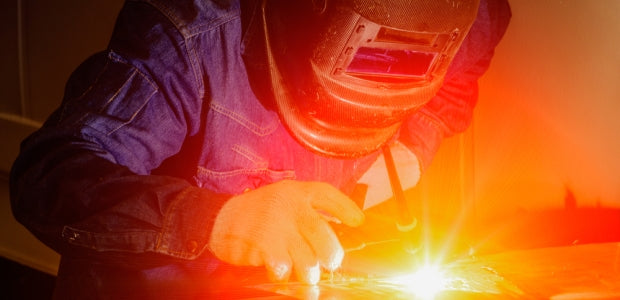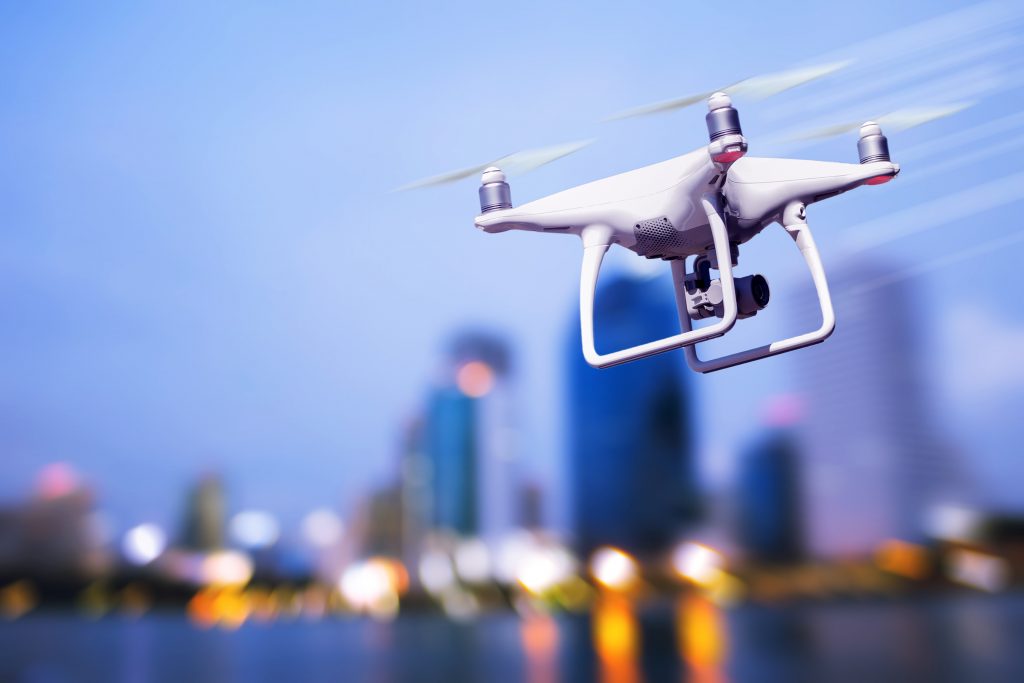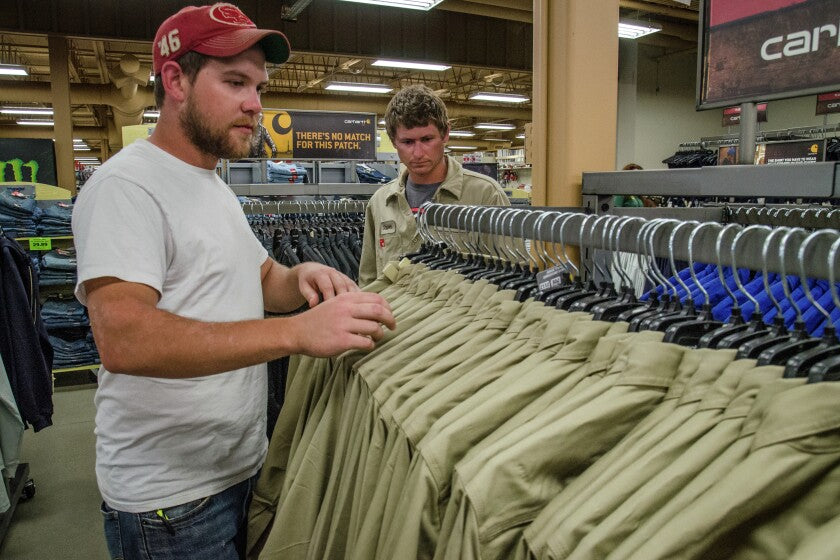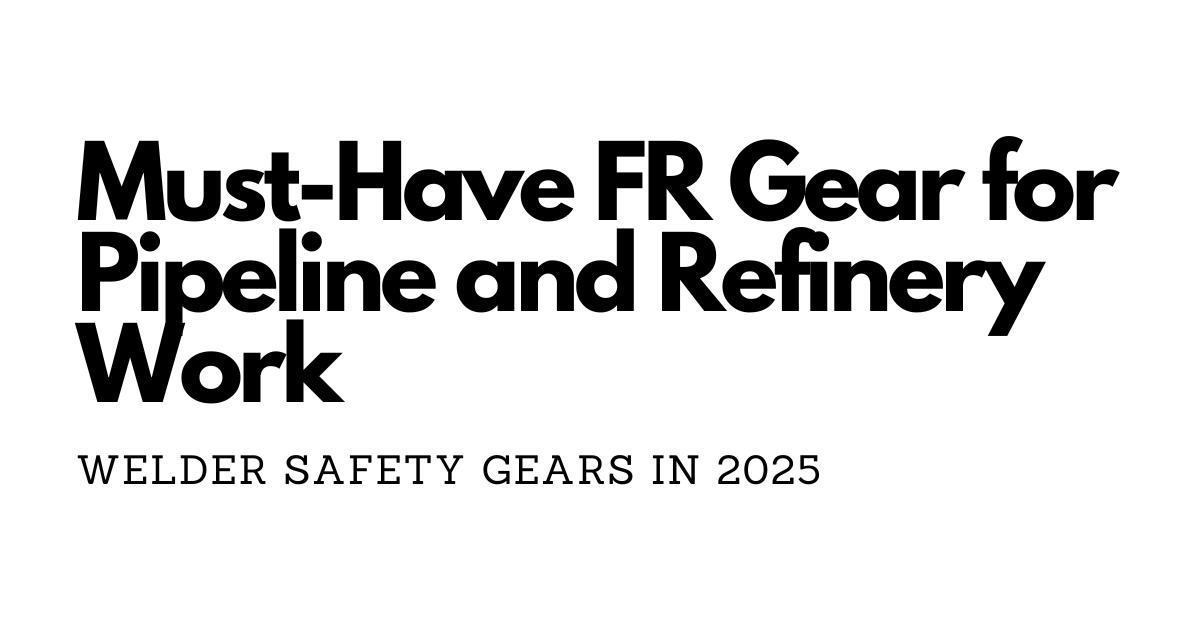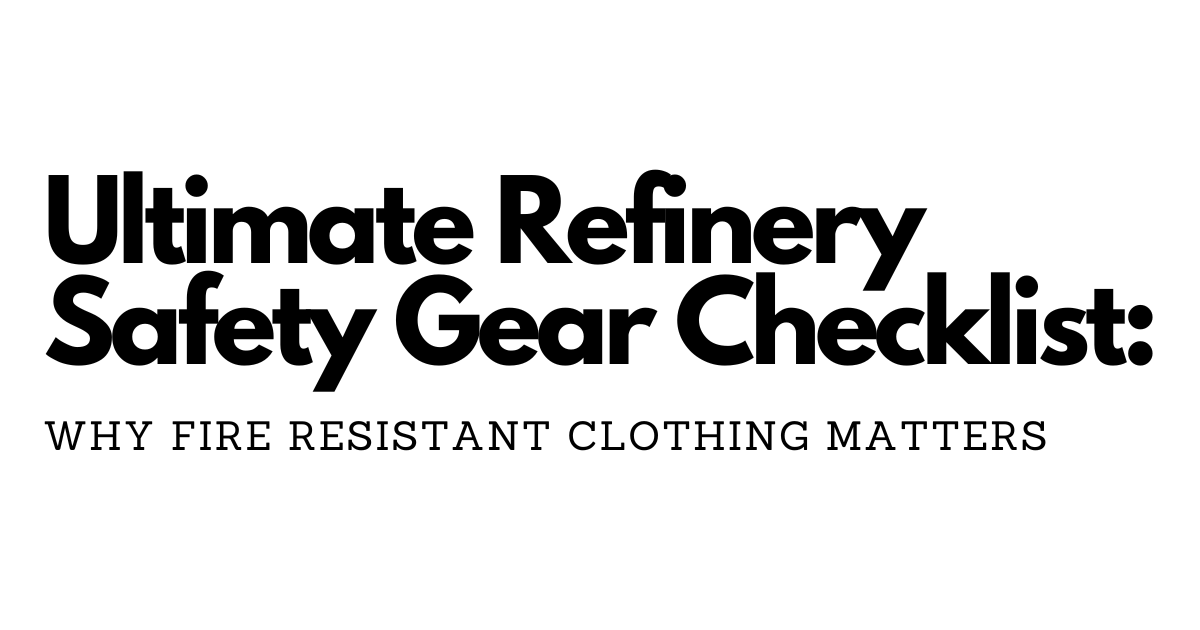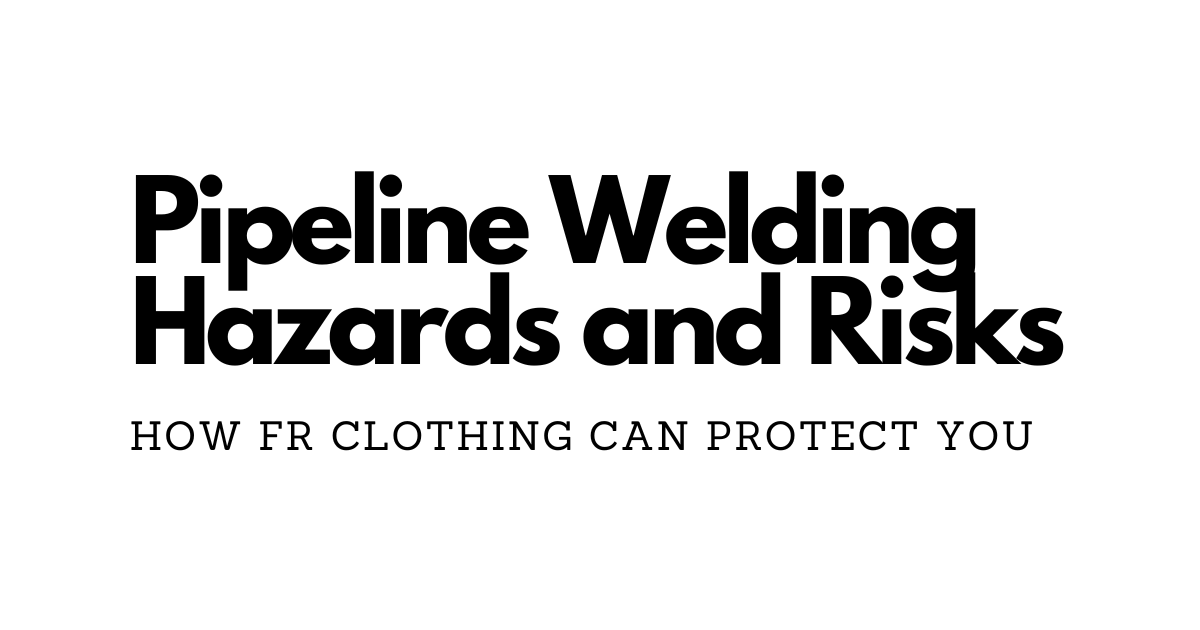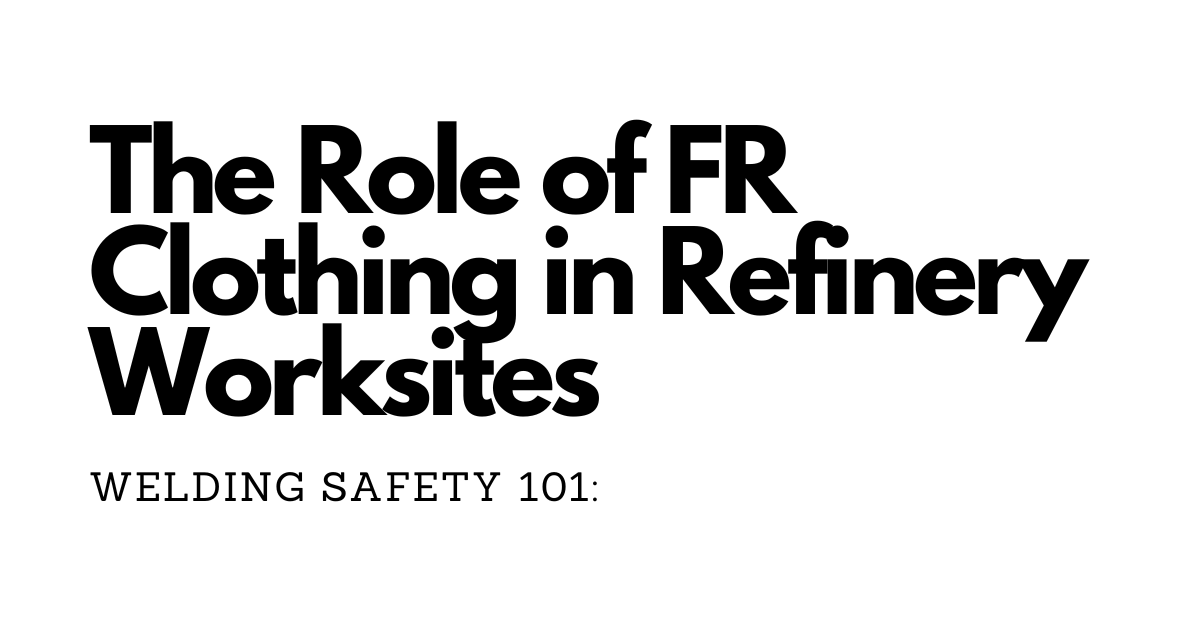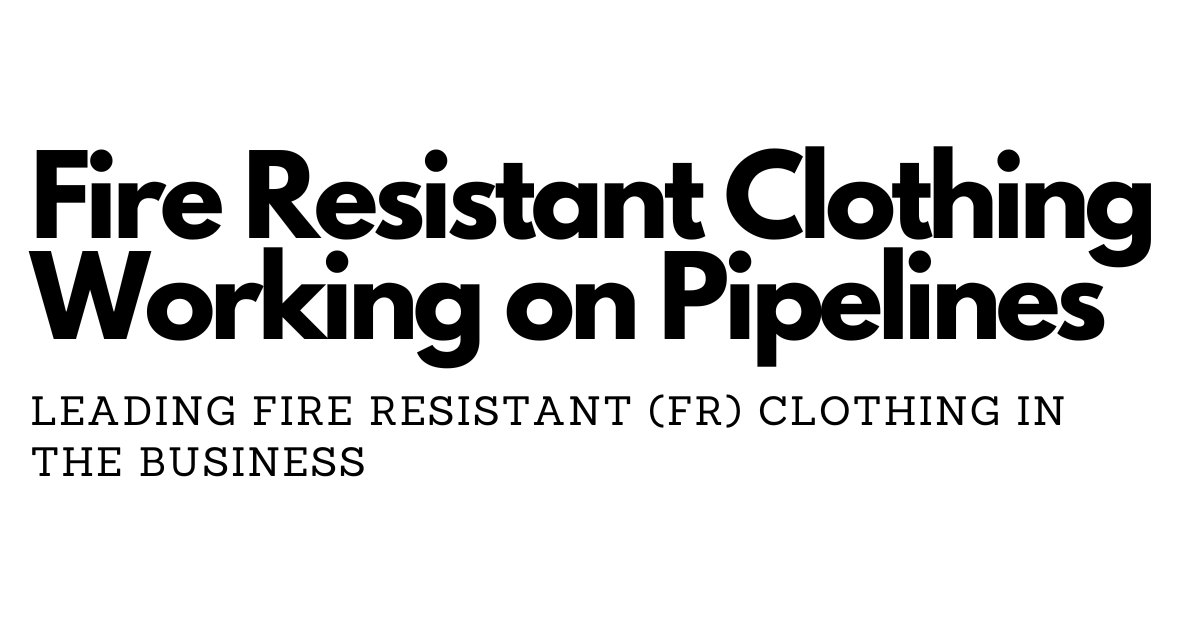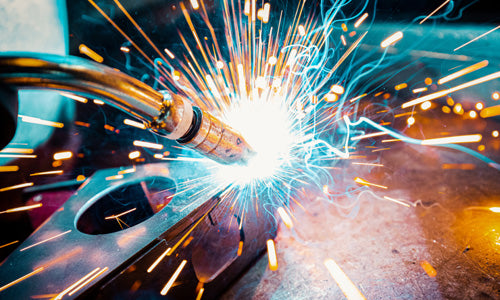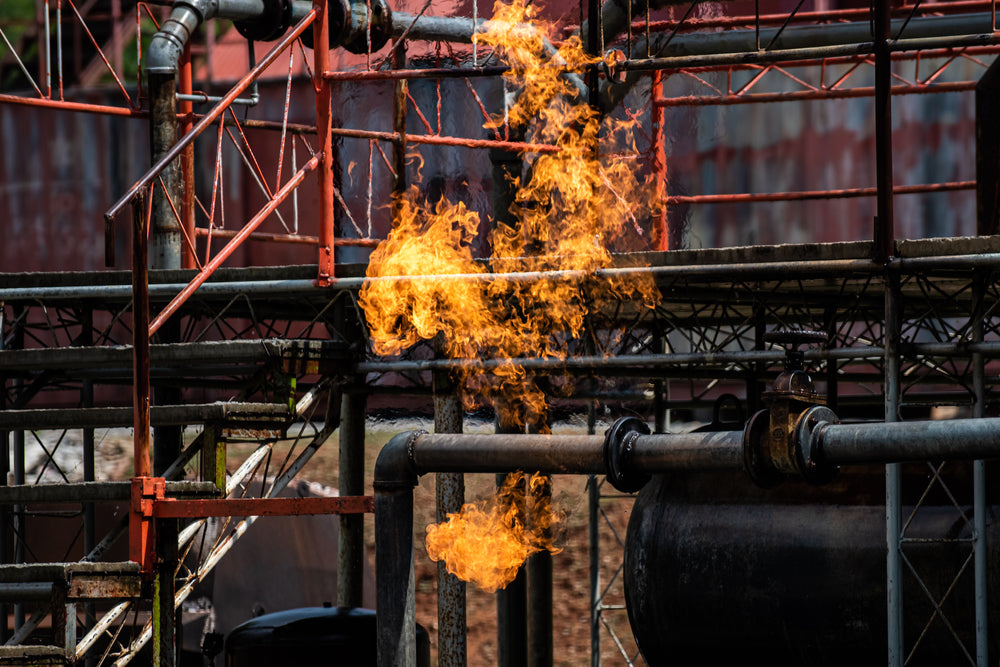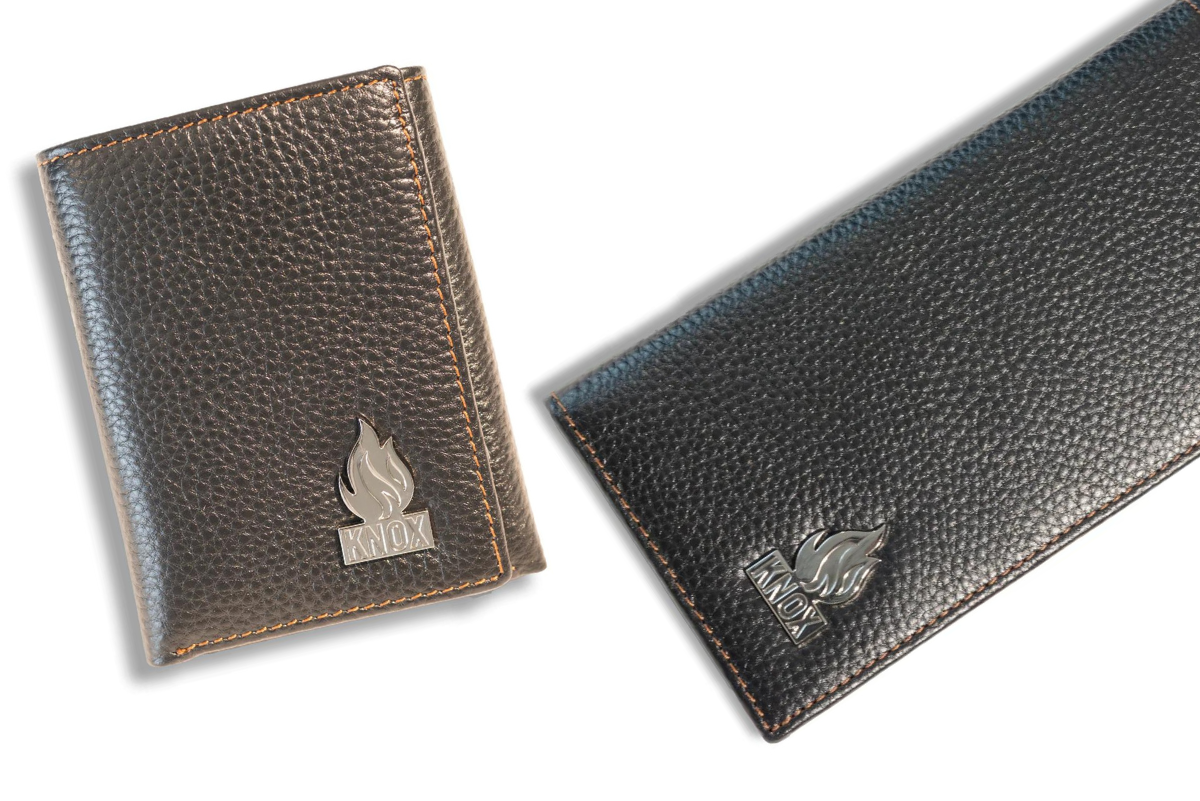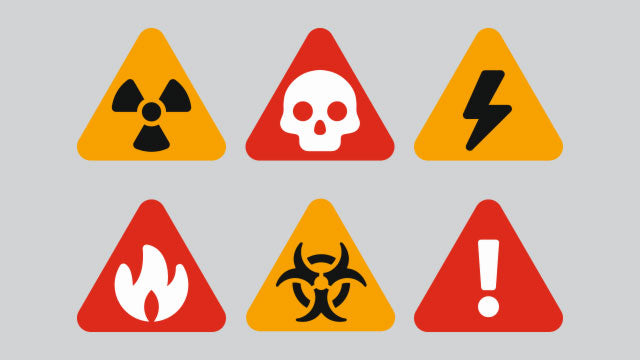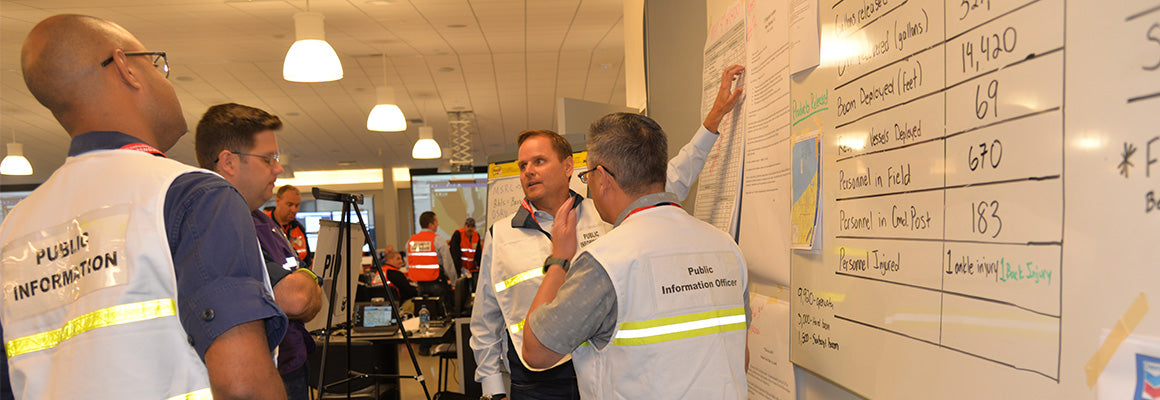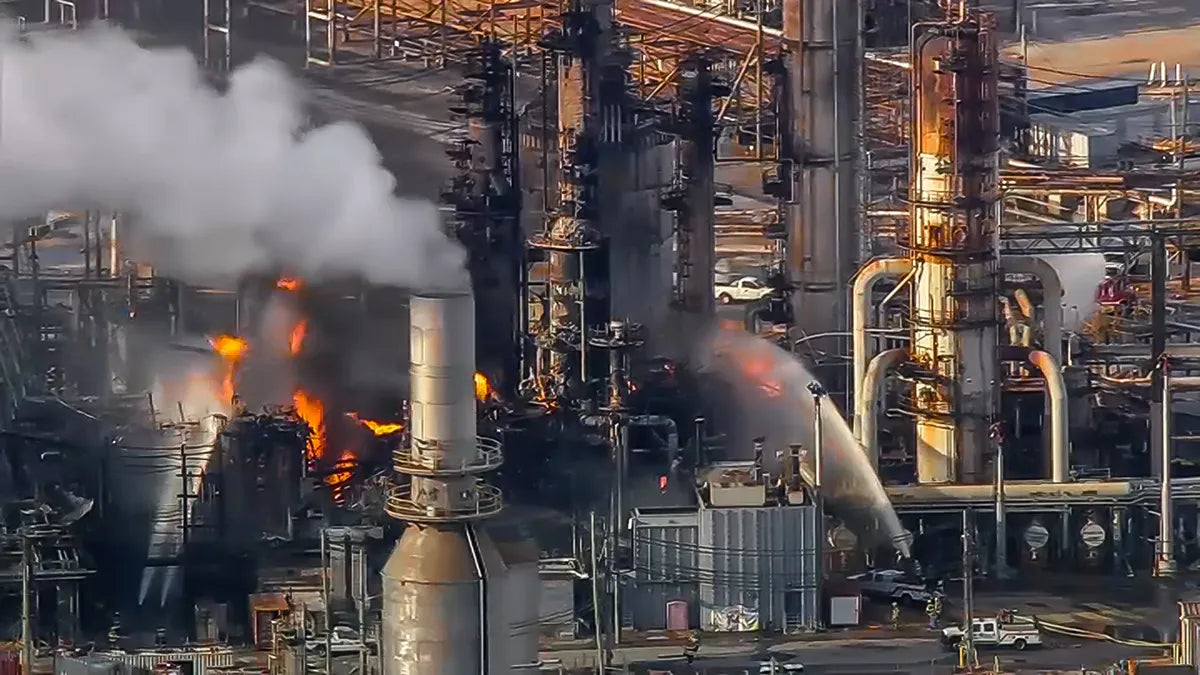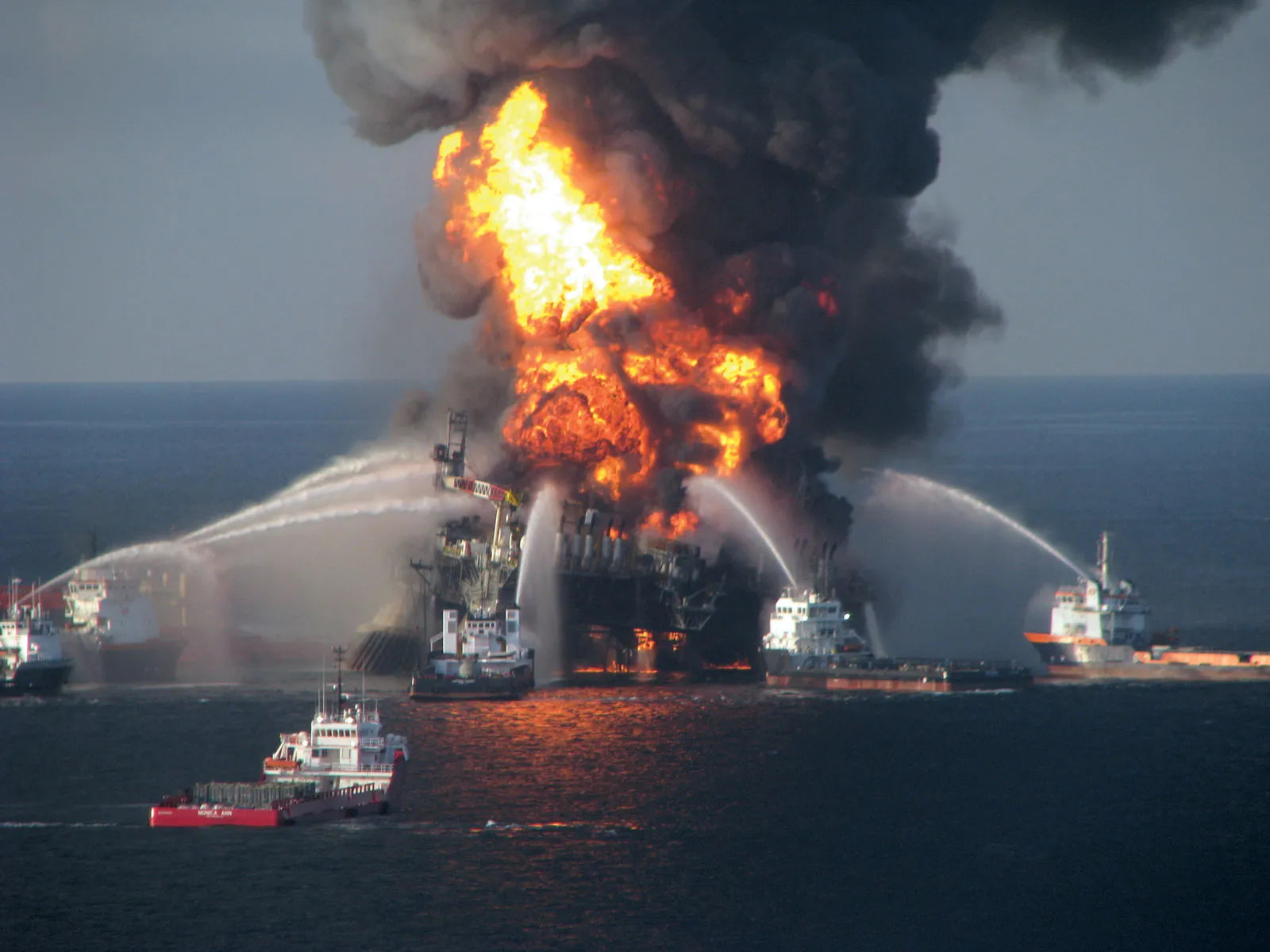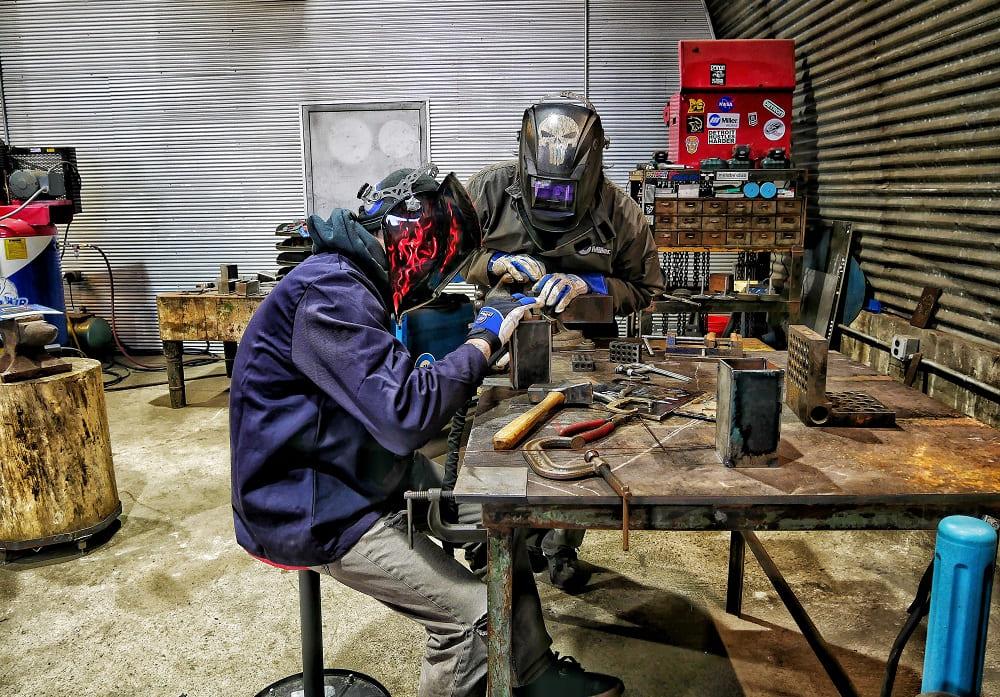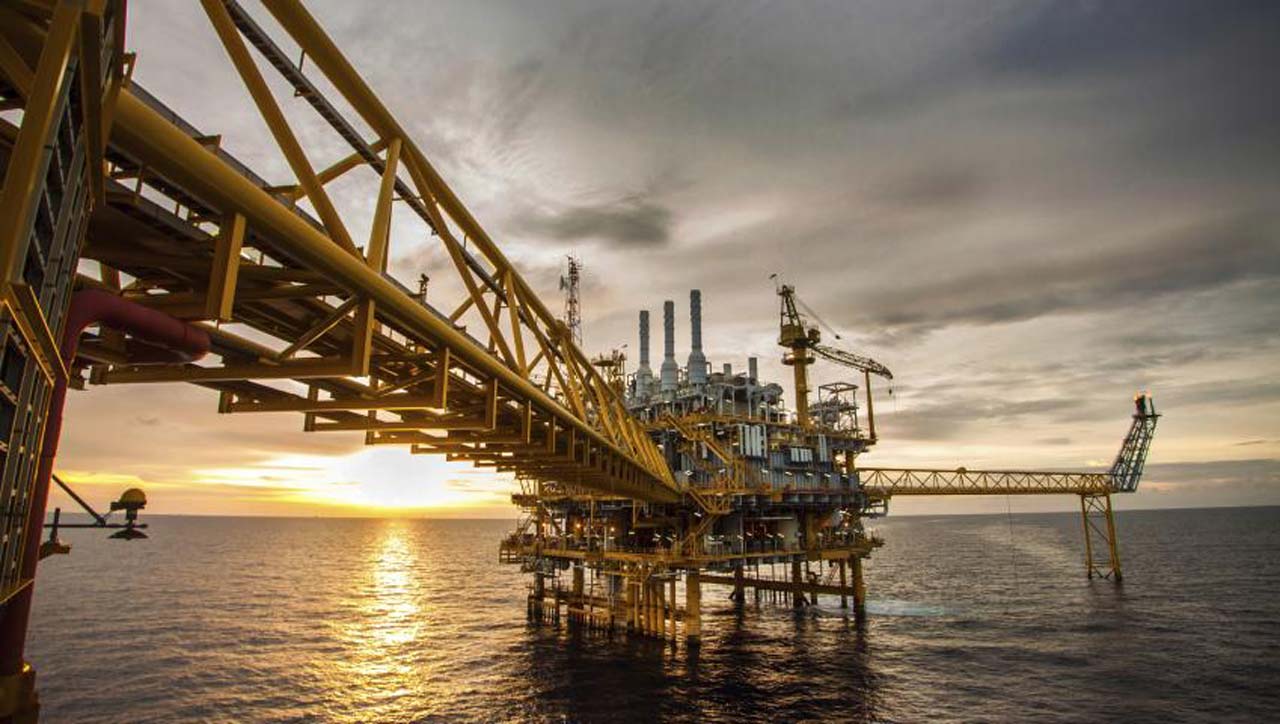

In the intricate world of construction and industrial infrastructure, the role of a pipefitter is nothing short of essential. The precision and accuracy demanded by this profession are not merely desirable traits; they are the very foundations upon which safe, efficient, and functional piping systems are built. In this article, we will delve into the significance of precision in the work of a pipefitter and explore why accuracy is non-negotiable in this field.
The Blueprint for Success: As a pipefitter, your work forms the blueprint for a complex network of pipes that transport vital substances such as water, gas, oil, and chemicals. Each fitting, joint, and connection you make must be executed with meticulous accuracy to ensure the system's proper functioning. A single miscalculation can lead to leaks, reduced efficiency, and potential hazards. Precision in pipe fitting is akin to the accuracy in a musical score – it determines whether the final performance resonates harmoniously or descends into discord.
Safety First: One of the most compelling reasons for precision in pipe fitting is safety. A minute error in measurement or an ill-fitted joint can have severe consequences, including leaks, pressure imbalances, and even catastrophic failures. A single leak in a gas or chemical pipeline can lead to environmental contamination, fires, or explosions. Therefore, pipefitters bear the responsibility of ensuring that their work withstands the test of time and maintains the safety of all who interact with the system.
Operational Efficiency: Precision in pipe fitting directly impacts the operational efficiency of the systems you help construct. A well-fitted and accurately aligned pipe minimizes resistance, pressure drops, and flow disruptions. Efficient systems save energy, reduce maintenance costs, and extend the overall lifespan of the infrastructure. This interconnectedness between precision and efficiency highlights the ripple effect that accuracy can have on the success of a project.
Minimizing Waste: Precision isn't just about getting the measurements right; it's about using resources wisely. Accurate calculations and careful planning help reduce material waste by minimizing the need for corrections, replacements, and adjustments. When pipefitters prioritize precision, they contribute to more sustainable practices by reducing excess materials and minimizing the environmental impact.
Professional Reputation: A pipefitter's reputation hinges on their ability to consistently deliver precise work. Clients and employers seek pipefitters who can guarantee quality installations, and your track record in executing accurate fittings becomes your professional calling card. Word of mouth spreads, and a reputation for precision can lead to more opportunities, greater responsibility, and respect within the industry.
The Path to Precision: Achieving precision in pipe fitting requires a combination of technical expertise, attention to detail, and a commitment to continuous learning. Here are some strategies to ensure your work is consistently accurate:
-
Master the Fundamentals: Build a strong foundation in mathematics, geometry, and trigonometry – the bedrock of precise measurements and calculations.
-
Use Reliable Tools: Invest in high-quality measuring instruments and tools that can provide accurate readings and enable precise cuts and connections.
-
Follow Industry Standards: Adhere to established industry standards, codes, and regulations to ensure your work meets safety and quality requirements.
-
Plan and Visualize: Thoroughly plan your work, visualize the entire project, and anticipate potential challenges to execute fittings accurately.
-
Double-Check and Verify: Always double-check your measurements, calculations, and fittings before proceeding. A small amount of time spent on verification can save hours of rectification.
-
Embrace Continuous Learning: The field of pipe fitting is constantly evolving. Stay updated with new techniques, materials, and technologies to enhance your precision skills.
-
Seek Mentorship: Learn from experienced pipefitters who have mastered the art of precision. Their insights and guidance can be invaluable.
Pipe fitters frequently use specific mathematical formulas to calculate measurements, angles, offsets, and other essential parameters. These formulas are crucial for accurate pipe fitting and the successful construction of piping systems. Here are some of the most commonly used pipe math formulas:
-
Pipe Offset Calculation:
- Formula: Offset = Travel × Tan(Θ)
- Where Offset is the distance between the starting and ending points of the pipe, Travel is the straight-line distance between those points, and Θ is the angle of the offset.
-
Pipe Developed Length:
- Formula: Developed Length = Run Length / Cos(Θ)
- Where Developed Length is the actual length of pipe required for a specific run, Run Length is the straight-line distance, and Θ is the angle of the pipe run.
-
Pipe Segment Length (Bend or Elbow):
- Formula: Segment Length = (Θ/360) × 2π × Radius
- Where Segment Length is the length of the curved section of the pipe, Θ is the angle of the bend, and Radius is the radius of the bend.
-
Pipe Takeoff (Cut) Length:
- Formula: Takeoff Length = Developed Length + Allowance
- Where Takeoff Length is the length of the pipe to be cut, Developed Length is the calculated length from the previous formula, and Allowance is the additional length to account for threads or fitting connections.
-
Pipe Flow Rate:
- Formula: Flow Rate = Area × Velocity
- Where Flow Rate is the volume of fluid passing through the pipe per unit of time, Area is the cross-sectional area of the pipe, and Velocity is the fluid flow velocity.
-
Pipe Pressure Drop (Darcy-Weisbach Equation):
- Formula: Pressure Drop = (f × L × V²) / (D × 2g)
- Where Pressure Drop is the decrease in pressure due to friction, f is the Darcy friction factor, L is the length of the pipe, V is the fluid velocity, D is the diameter of the pipe, and g is the acceleration due to gravity.
-
Pipe Area (Cross-Sectional Area of a Circle):
- Formula: Area = π × Radius²
- Where Area is the cross-sectional area of the pipe, and Radius is the radius of the pipe.
-
Pipe Volume (Cylinder Volume):
- Formula: Volume = π × Radius² × Length
- Where Volume is the volume of the pipe, Radius is the radius of the pipe, and Length is the length of the pipe.
-
Slope of Pipe Run:
- Formula: Slope = Vertical Rise / Horizontal Run
- Where Slope is the ratio of the vertical change in elevation to the horizontal distance covered by the pipe.
-
Pipe Weight:
- Formula: Weight = Volume × Density
- Where Weight is the weight of the pipe, Volume is the volume of the pipe, and Density is the material density of the pipe.
In Conclusion: These formulas are essential tools for pipe fitters, enabling them to accurately calculate measurements, angles, and other parameters necessary for successful pipe fitting. By mastering these formulas, pipe fitters can ensure precise and efficient installations of piping systems in various industries.
Precision is the hallmark of a skilled pipefitter. It is a testament to your dedication to excellence, your commitment to safety, and your contribution to the efficiency of industrial systems. Your work leaves a lasting impact on the infrastructure that sustains communities and industries. As a pipefitter, your pursuit of precision is not just a job requirement; it's a legacy you leave behind in every fitting, every joint, and every system you help construct.
